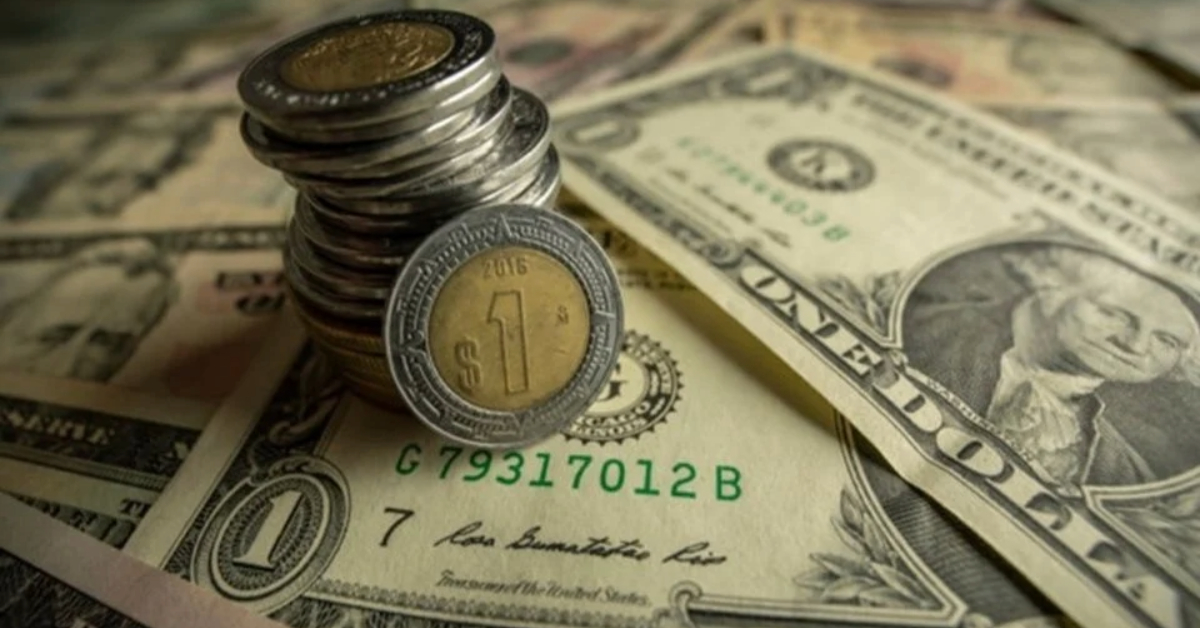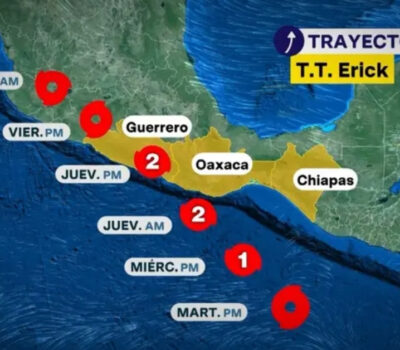The Mexican peso slipped 0.03% against the dollar Thursday for the third consecutive day as investors reacted to Middle East tensions and the U.S. Fed’s steady rate decision.
The Mexican peso edged lower against the U.S. dollar on Thursday, pressured by growing geopolitical fears and global market uncertainty following the Federal Reserve’s latest monetary policy announcement.
According to official figures from the Bank of Mexico (Banxico), the peso closed the day at 19.0416 per dollar, slipping marginally from Wednesday’s close of 19.0355. The 0.03% decline—less than a cent—was modest but reflected heightened investor caution amid international tensions.
Market jitters over Iran-Israel conflict
Currency markets were particularly sensitive to developments in the Middle East, where rising hostilities between Israel and Iran have raised fears of broader conflict. Investors are now closely watching the possibility that the United States could join in potential military action targeting Iranian nuclear facilities—a move that analysts warn could severely shake global financial stability.
“The geopolitical front is the focus of investors’ attention,” CI Banco said in a note. “The possibility of the United States entering the war against Iran is among what traders and analysts consider the worst-case scenario for the financial markets.”
Dollar movement remains contained
Despite the uncertainty, the dollar traded within a relatively narrow band during Thursday’s session, ranging from a high of 19.1182 pesos to a low of 19.0187 pesos. Meanwhile, the Dollar Index (DXY)—a benchmark that compares the greenback against a basket of six major currencies—fell 0.09% to 98.79, suggesting some weakening of the dollar in broader terms.
The peso’s slight depreciation did not signal a sharp flight to safety, but rather a cautious adjustment as global risk aversion ticked higher.
Fed holds rates steady, eyes cuts later in 2025
Adding to the uncertainty was the U.S. Federal Reserve’s decision this week to keep interest rates unchanged for the fourth straight time. The move was expected, but the central bank’s tone suggested that rate cuts could still be on the table—just not imminently.
“It’s a measured pause that keeps open the possibility of cuts in the second half of 2025,” said Dan Siluk, Head of Global Short Duration & Liquidity at Janus Henderson Investors. “The Fed is making it clear it’s in no rush, but is ready to act.”
For Mexico, a stable Fed rate reduces the risk of aggressive capital outflows from emerging markets, but uncertainty over the timing of any future U.S. rate moves continues to cloud the peso’s outlook.
Peso outlook: watching geopolitics and the Fed
Analysts say the peso remains vulnerable to external shocks, particularly those linked to war risk and shifts in U.S. monetary policy. Should the Middle East conflict escalate or if markets start pricing in a longer wait for U.S. rate cuts, emerging market currencies like the peso may face more pronounced volatility.
For now, however, the local currency’s decline was restrained, indicating that traders are still watching developments cautiously rather than reacting with panic.
The Mexican peso slipped 0.03% against the dollar Thursday for the third consecutive day as investors reacted to Middle East tensions . . .












